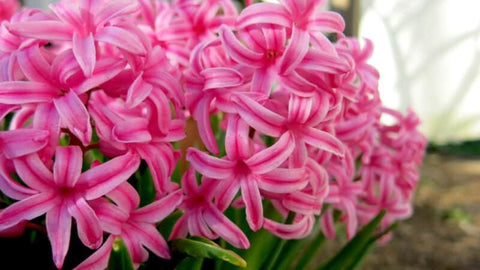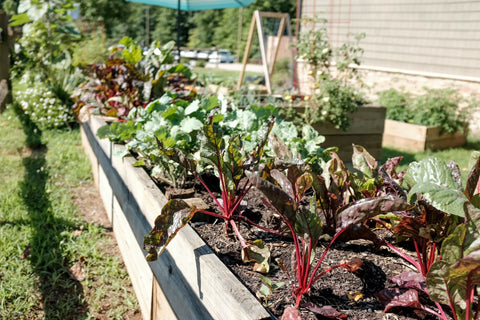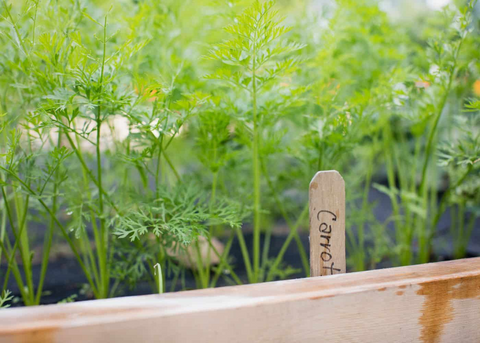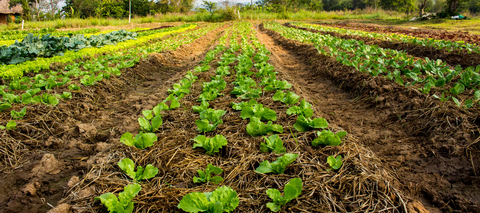Imagine stepping into your garden, greeted by the soothing sounds of flowing water, as gentle ripples dance across a sun-kissed pond. Water features have a magical way of transforming outdoor spaces, infusing them with tranquility, beauty, and a touch of nature's harmony. In this comprehensive guide, we will explore the enchanting world of water features, their benefits, types, design considerations, maintenance tips, and how to incorporate them into your garden for a truly captivating experience.The following content also has some reference value for raised garden beds.
The Allure of Water Features

Water features have been cherished for centuries, and for good reason. They offer a myriad of benefits that extend beyond their aesthetic appeal:
Serenity and Relaxation
The gentle gurgle of water is inherently calming, creating a peaceful atmosphere in your garden where you can unwind, meditate, or simply enjoy some quiet moments.
Aesthetic Elegance
Water features add a touch of sophistication and natural beauty to your garden, elevating its visual appeal and creating focal points that draw the eye.
Wildlife Attraction
Water is a magnet for wildlife. Birds, insects, and other creatures are drawn to the soothing sounds and the opportunity for refreshment, bringing your garden to life with their presence.
Improved Air Quality
Water features help humidify the surrounding air, contributing to a healthier microclimate in your garden and making it more pleasant for you and your plants.
Types of Water Features
There are numerous types of water features to choose from, each with its own unique charm. Let's explore some of the most popular options:

1. Ponds
Ponds come in various sizes and shapes, from small, serene pools to expansive water gardens. They can host aquatic plants, fish, and even provide a habitat for local wildlife.
2. Fountains
Fountains are versatile and come in an array of designs, from classic to modern. They can range from small tabletop versions to large, grand installations.
3. Waterfalls
Waterfalls add drama and motion to your garden. They can be standalone features or integrated into a pond or stream.
4. Streams
Streams wind gracefully through your garden, creating a sense of movement and inviting exploration. They often connect different water features, such as ponds and waterfalls.
5. Wall-Mounted Features
Wall-mounted features are perfect for smaller spaces. They can be attached to walls or fences, bringing the tranquil sounds of water to even the tiniest gardens.

Design Considerations for Water Features
When planning your water feature, consider these essential design elements:
Location and Placement
Choose a location that complements your garden's overall layout. Place your water feature where it can be enjoyed from different vantage points, such as a patio or seating area.
Size and Scale
Select a size that harmonizes with your garden's dimensions. Smaller water features are ideal for compact spaces, while larger gardens can accommodate grander installations.
Materials and Style
Consider the materials and style that align with your garden's aesthetics. Options range from natural stone and wood to contemporary metals and glass.
Maintenance and Accessibility
Factor in ease of maintenance and accessibility. Ensure that you can reach your water feature for cleaning and upkeep without difficulty.
Maintaining Your Water Feature
To keep your water feature in top condition and ensure it remains a serene focal point in your garden, follow these maintenance guidelines:
Regular Cleaning
Clean your water feature regularly to prevent the buildup of algae and debris. Use a skimmer or net to remove leaves and other organic matter.
Water Quality
Monitor and maintain water quality by using a filtration system and adding necessary treatments. Ensure that the water is safe and healthy for any aquatic plants or fish.

Winter Care
Prepare your water feature for winter by protecting it from freezing temperatures. This may involve draining and storing components, adding a de-icer, or providing insulation.
Plant Care
If your water feature includes aquatic plants, tend to them as needed. Prune, fertilize, and divide plants as necessary to maintain their health and appearance.
Inspect Components
Regularly inspect the pump, hoses, and other components of your water feature. Address any leaks, malfunctions, or wear and tear promptly.
Incorporating Water Features into Your Garden
Now that you understand the benefits, types, and design considerations of water features, let's explore how to incorporate them into your garden effectively:
Garden Focal Point
Place your water feature as a central focal point within your garden. This draws attention and encourages visitors to appreciate its beauty.
Natural Integration
Blend your water feature seamlessly into your garden's design. Use natural stones, plants, and landscaping to create a harmonious transition.
Lighting Effects
Enhance the ambiance of your water feature with strategic lighting. Illuminate it at night to create a magical, ethereal atmosphere.
Seating Areas
Position seating areas near your water feature. This allows you and your guests to enjoy the serene sounds and visual delight it offers.
Surrounding Plantings
Select plantings that complement your water feature. Choose water-loving plants for the edges of ponds and streams, and consider adding water lilies or lotus plants for added charm.

Conclusion
Water features have a transformative power that can elevate your garden to new heights of beauty and serenity. By understanding the various types, design considerations, and maintenance requirements, you can confidently incorporate these enchanting elements into your outdoor space. Whether you choose a tranquil pond, an elegant fountain, or a meandering stream, a well-designed water feature will not only enhance your garden's aesthetics but also provide a space for relaxation, reflection, and connection with nature. So, embark on this journey to create your own oasis of tranquility, and let the gentle sounds of water be your guide to a more peaceful and harmonious garden.









